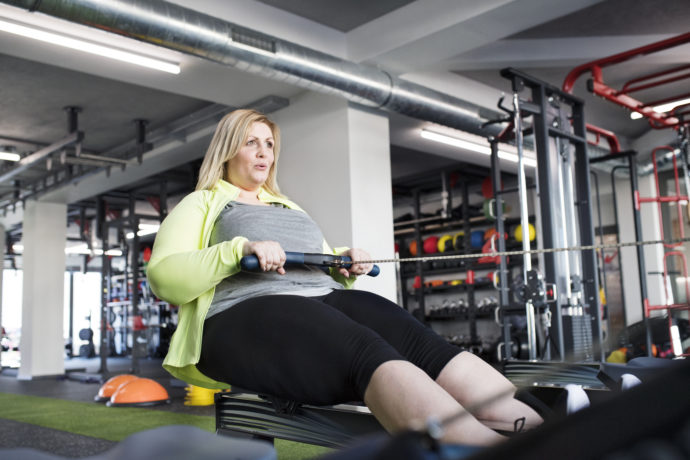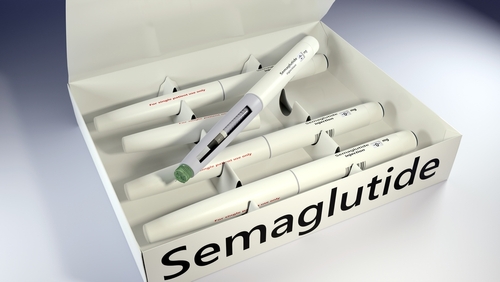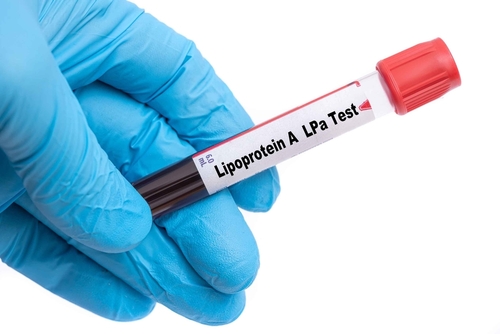
Postmenopausal women frequently experience hot flushes or night sweats that may adversely impact their quality of life. After previously suggested treatments were linked to increased risks for breast cancer and cardiovascular disease, women began turning to alternative options, including vitamin supplements and natural remedies, to relieve their symptoms. Now, according to recent research, the latest treatment tactic to try is resistance training.
Resistance Training Helps Reduce Hot Flashes
The Department for Health and Human Services’ latest physical activity guidelines recommend that adults participate in strength-training activities at least twice a week. This type of exercise could be particularly beneficial for postmenopausal women, the authors of the present study noted: “It is especially important in postmenopausal women where decreases in muscle strength, bone mineral density, and basal metabolic rate are accelerated. Resistance training appears to counteract the decrease in those areas, as well as improve other health-related outcomes.”
The researchers hypothesized that, compared to no intervention, women who took part in resistance training would have reduced hot flushes.
The final analysis in the randomized controlled trial included 58 postmenopausal women (≥ 12 months amenorrhea). Patients were aged ≥ 45 years and reported ≥ 4 moderate-to-severe daily hot flushes over a two-week screening period. Women who had used any medical or natural therapy to treat their hot flushes during the two months prior to the study were excluded. Women were also excluded if they had blood pressure >160/100 mmHg, capillary haemoglobin <110 g/l, any unstable medical condition, or any other criteria that would prevent them from participating in strength training. The participants were randomized 1:1 to a 15-week resistance training-intervention or a non-treated control group. Patients self-reported hot flush data in a diary beginning at baseline and throughout the study period. The intervention group was allowed to complete a maximum of 225 minutes/week physical activity at any level, with a maximum 75 minutes/week of moderate-to-vigorous intensity exercise.
The intervention group’s 15-week training program required they exercise three times/week; the exercises included in the program were chest press, leg press, seated row, leg curl, latissimus dorsi pull-down, leg extension, crunches, and back raises. For the seated exercises, the women performed two sets of eight to 12 repetitions, and for the bodyweight movements, they performed two sets until exhaustion. The women exercised at their local gym; once a week, a physiotherapist accompanied them to increase the loads of their training. The control group maintained their usual physical activity habits for the duration of the study and were asked not to participate in any treatment for their hot flushes.
Strength Training Intervention Group Reduces Symptoms, Even Without Full Compliance
Mean age at baseline was similar between the groups (intervention: 55.2 years, control: 55.4 years). The researchers classified hot flush severity as mild (sensation of heat without sweating), moderate (sensation of heat with sweating, able to continue activity), and severe (sensation of heat with sweating and need to pause an ongoing activity, including waking up during the night); a score was calculated by taking the sum of mean hot flashes multiplied by severity (mild x 1, moderate x 2, severe x 3).
The intervention group completed a mean 2.2 resistance training sessions each week; 62% of participants were considered compliant.
The mean hot flush scores at baseline were 20.5 in the intervention group and 17.9 in the control group. At baseline, the mean number of moderate plus severe hot flashes were 7.5 in the intervention group and 6.6 in the control group. By week 15, this dropped to 4.4 in the intervention group, while the control group did not significantly change (6.5). In the intervention group, there was no significant difference between compliant and non-compliant women.
“There was no significant difference between compliant and non-compliant participants. Moderate and severe [hot flushes] decreased by at least 50% in 13/29 (44.8%) participants in the intervention group and 1/29 (3.4%) in the control group (p < 0.001). The longitudinal analysis showed that [hot flushes] decreased significantly already after three weeks of resistance training, whereas the control group did not change,” the study authors wrote.
The researchers concluded that resistance training could be an effective recommendation for postmenopausal women who experience hot flushes, adding, “This implicates that resistance training could be recommended to postmenopausal women and might relieve hot flushes, adding to other health effects.”







 © 2025 Mashup Media, LLC, a Formedics Property. All Rights Reserved.
© 2025 Mashup Media, LLC, a Formedics Property. All Rights Reserved.